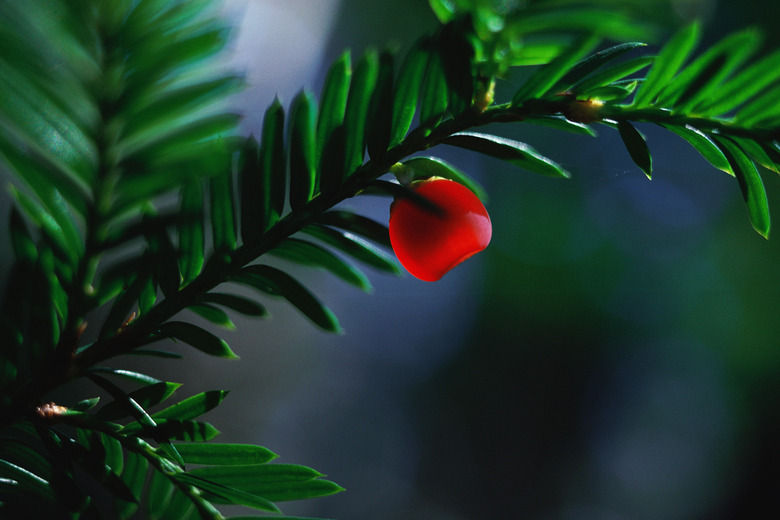Yew Varieties
Step 1
Some yews are columnar, which means they grow in an upright fashion and are useful for adding vertical dimension to a landscape. The Hicks yew is a popular landscaping plant with a columnar growth habit. It can grow over 10 feet tall, though homeowners often prune it down to about 4 feet tall. Brownii is also a columnar yew that you can easily prune down to desired size. The Fastigiata variety exhibits an upright, narrow form.
Low-Lying Varieties
Step 1
Many cultivars of yew grow low to the ground in a spreading fashion. Densa reaches 4 feet tall and 8 feet wide. Anglojap, one of the most popular varieties, grows into small or medium-size shrubs and functions as a hedge, screen or other landscape function. Repandens has dark green foliage and spreads wider than tall, reaching a height of 4 feet. Watnong Gold and Chadwickii are also low-growing forms that spread wider than their height.
Step 2
- Some yews are columnar, which means they grow in an upright fashion and are useful for adding vertical dimension to a landscape.
- Brownii is also a columnar yew that you can easily prune down to desired size.
Treelike Varieties
Step 1
If left unpruned, some yew varieties can reach great heights. A cultivar of the Japanese yew species, Capitata, can soar up to 50 feet. The Pacific yew is a conifer type of yew that grows slowly to as high as 50 feet or more. A shade-tolerant tree, it often grows in the understory of old-growth forests. The Pacific yew is common in dense conifer forests and is found throughout the Pacific Northwest.
Warnings
Step 1
Use care when growing any variety of yew, as the plants have extremely poisonous compounds. The reddish or brown bark and dark green leaves contain taxine, which can stop the hearts of humans and many animals. The seeds are highly poisonous as well, but the surrounding flesh of the fruit is safe. Taxol, a drug designed to treat ovarian cancer and other cancers, is derived from Pacific yew bark and is considered very promising for cancer treatment.
Step 2
- If left unpruned, some yew varieties can reach great heights.
- A cultivar of the Japanese yew species, Capitata, can soar up to 50 feet.
